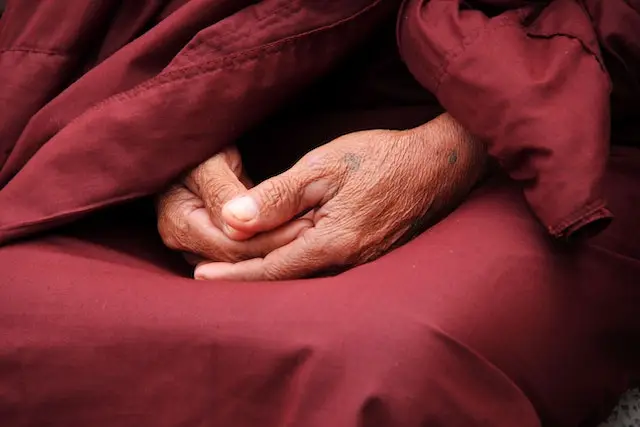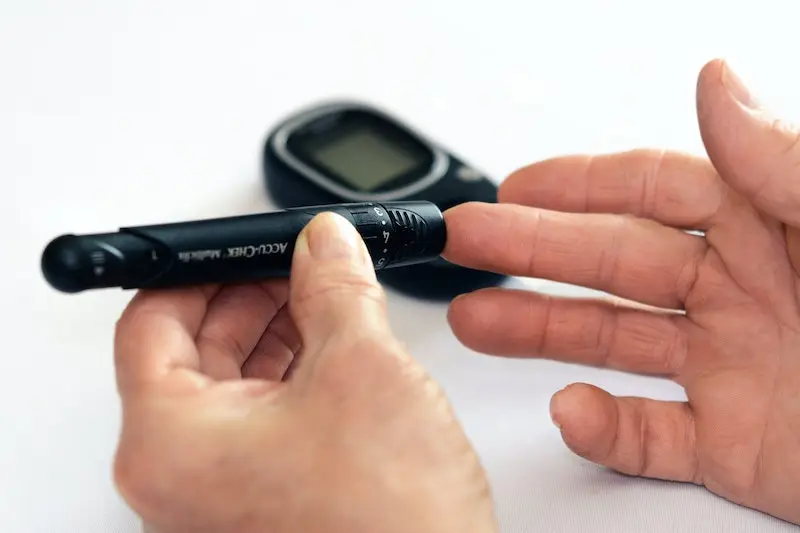Parkinson's - a brief
Parkinson’s disease is a degenerative brain illness associated with aging that results in the breakdown of certain brain tissue. The main symptoms are delayed movements, tremors, balance issues, and others. Unknown factors cause most instances, but some are hereditary. Although there is no known cure for the illness, numerous treatments exist. Parkinson’s disease often begins at 60, and its likelihood of occurrence rises with aging. Your brain’s basal ganglia suffer damage as a result of Parkinson’s disease.
Parkinson’s disease cannot be diagnosed with a specific test. Parkinson’s disease is diagnosed by a neurologist, a medical professional trained to treat disorders of the nervous system, based on your medical history, an analysis of your symptoms and signs, and a physical and neurological examination.
Symptoms to look out for
Parkinson’s disease has no established treatment plan. To help you manage your sickness better, look into the different sorts of therapies offered. Parkinson’s disease cannot be treated in a universal manner. Instead, you and your healthcare practitioner should work together to make decisions specific to your symptoms.
Even after symptoms affect the limbs on both sides, symptoms frequently start on one side of the body and usually continue to be severe.
Parkinson’s symptoms and indicators include:
- Stiff muscles. You can have muscle tightness in any area of your body. Your range of motion may be restricted and made painful by the stiff muscles.
- Nerve discomfort – can result in unpleasant feelings of numbness, coldness, or burning.
- Mild cognitive impairment manifests as minor memory issues and difficulties with organizing and planning tasks.
- Insomnia is a sleep disorder that can cause excessive daytime tiredness.
- Poor balance and posture. You might start to slouch. Or Parkinson’s disease may cause you to trip or have balance issues.
- The first limb to experience a tremor, or rhythmic shaking, is typically the hand or fingers.
The first line of treatment in terms of therapy
Parkinson’s disease currently has no known cure, although there are therapies that can aid with symptom relief and quality of life maintenance. As symptoms of Parkinson’s disease are typically minor in the initial stages, you might not require any treatment.
Supportive therapy
Numerous therapies can help you manage your symptoms daily and ease the symptoms of Parkinson’s disease.
Initiatives are being made to enhance the accessibility of these supportive therapies for Parkinson’s patients.
Physiotherapy – Through movement (manipulation) and exercise, a physiotherapist can work together with you to relieve muscular stiffness and joint pain. The physiotherapist wants to increase your flexibility and walk while also making moving simpler.
Additionally, they work to increase your level of fitness and independence.
Workplace therapy – Your daily activities, such as getting dressed or going to the store, may present some challenges, which an occupational therapist can help you discover. They can assist you in coming up with workable ideas and ensuring your house is secure and set up for you.
Making dietary modifications can help people with Parkinson’s disease with their symptoms.
These alterations could involve:
- Making modifications to your diet to prevent unintentional weight loss
- It should also include increasing the amount of fiber in your diet
- reducing the amount of salt in your diet and eating more frequently.
Resources
Check out our Resources Section for more information on topics like health, lifestyle, rehabilitation, and many more by clicking here.





